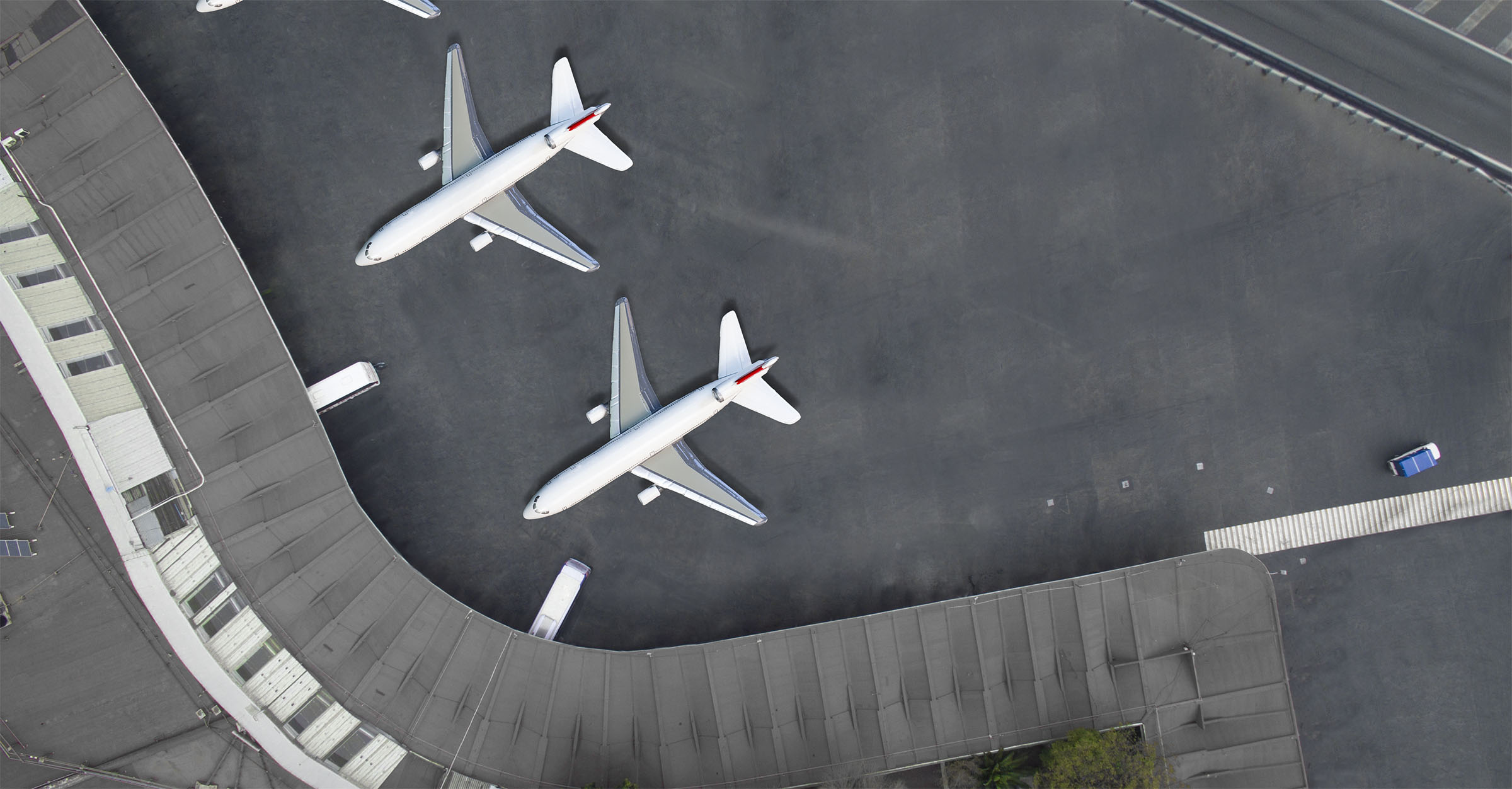From the President’s Desk: Front Seat Sushi and the Nighttime Realities of Airfield Crews

It was a dark and stormy night. The wind howled across the airfield, and rain lashed against our jackets. We’d been onsite for about an hour, working through last-minute issues prior to the shift’s start. At this point, the contractor’s superintendent called us to circle up for the “daily” briefing meeting. These meetings were more than just routine; they were critical to ensure safety for all and avoid potential mishaps.
To keep from shouting, the superintendent occasionally paused to wait for an arriving 737’s engines to spool down. Being 11 pm, the last flights of the day rushed in up against each other, hoping to be wheels down before we closed the airport’s only runway at 12:15 am. We warily watched distant lightning coming in from the west, knowing that our work uniquely depended on Mother Nature’s cooperation. Tonight, unfortunately, she appeared to have no interest in whether or not we had deadlines to meet.
As the meeting wrapped up, the rain started in earnest. After the main meeting, we broke into smaller teams to identify priorities, solve problems, and build contingency plans. Without these plans, we would never be able to complete our full day’s work within the 5 hours we were allotted to have the runway.
An open airfield offers no shelter. Huddled tightly around our plan sets, we let the rain drench our backs to keep the pages dry. Headlamps and flashlights danced around the pages, each team member internalizing their role for the night.
Resident Project Representatives, or RPRs, are no strangers to this reality. They spend their days in the thick of it, alongside the construction crews, always alert to their surroundings. Their field shifts, often stretching to 10- or 12-hour days, transform the front seat of their car into a multi-functional space – a desk, a command center, and a dining table for sushi or other easy-to-eat meals. This is the unique reality they live in, a stark contrast to many other aviation industry roles.
One of the best RPRs in the business is Jerry Haliw, senior project manager at Kimley-Horn. In his role, he recognizes the importance and unity RPRs bring to projects across the country. "Collaboration is essential," Jerry states. "The most successful projects I've seen are those where the owner, engineer, and contractor work together as a cohesive team. The role of RPRs extends beyond simply completing daily reports. They are on-site to support, observe, and ensure that project expectations are met, as well as to anticipate potential issues. Working closely with the construction team is crucial, and maintaining a focus on quality is an attitude, always seeking ways to ensure the project's long-term performance. This requires minimal effort but demands attention to detail, flexibility, and cooperation."
Back on the airfield, the night progressed, and the rain appeared to abate at times… only to come back again with a vengeance. It would have been a relief to retreat to the warmth of the truck and watch from a distance, but we only had tonight because the airport needed to be operational again in the morning.
On the runway, the rain was finally beginning to ease, and the sky was gradually approaching dawn to the east. As 5:15 am came, the entire team was cold and soaked… but we were going to make it.
"It was a typical overnight runway closure with routine construction activities in progress,” Jerry recalls that eventful night as an RPR. “The night was going smoothly. As the runway's morning opening time approached, a final check revealed that the lighting circuit was inoperable. We needed to urgently locate the source of the issue and work tirelessly to solve the problem.”
He continues, “Adrenaline surged, and problem-solving instincts kicked in. Everyone—contractor, RPR, airport operations, and airport maintenance—mobilized to address the problem. The contractor retraced the night’s work, but the issue remained elusive. With opening time nearing, contingency plans were put into action, and portable emergency backup lighting was deployed. The problem was finally identified: a break in an old existing circuit wire. With no time to fix it, safety checks were completed, and the runway became operational with backup lighting. The Notice to Air Missions (NOTAM) was canceled, and morning departures began."
The job of an RPR, or anyone who works in the field, is often overshadowed by the more visible roles in aviation. These professionals must elevate resiliency to new heights, often on construction sites far away from home. Their unwavering commitment, even in the face of harsh weather and challenging conditions, ensures the safety and efficiency of airport operations. “Solid teamwork rooted in planning, coordination, and a focus on the safety of operations always works,” says Jerry.
As we go about our daily routines, turning off our computers and packing up our things to head home for the day, it's important to recognize and appreciate the sacrifices made by these often invisible airfield crew members. Next time you see a plane take off or land, remember the RPRs who make it all possible, working through the night so we can travel with ease.



